 | ||
The stone quarries of ancient Egypt once produced quality stone for the construction of decorative monuments such as sculptures and obelisks. These quarries are now recognised archaeological sites. Eighty percent of the ancient quarry sites are in the Nile valley; some of them have disappeared under the waters of Lake Nasser and some others were lost due to modern mining activity.
Contents
- The quarries of Aswan
- Gebel el Ahmar
- Silsileh
- Edfu
- Wadi Hammamat
- Widan el Faras
- Muqattam hills
- El Amarna
- Idahet
- Gabal Abu Dukhan
- Koptos
- Qurna
- Other sites
- References

Some of the sites are well identified and the chemical composition of their stones is also well known, allowing the geographical origin of most of the monuments to be traced using petrographic techniques, including neutron activation analysis.
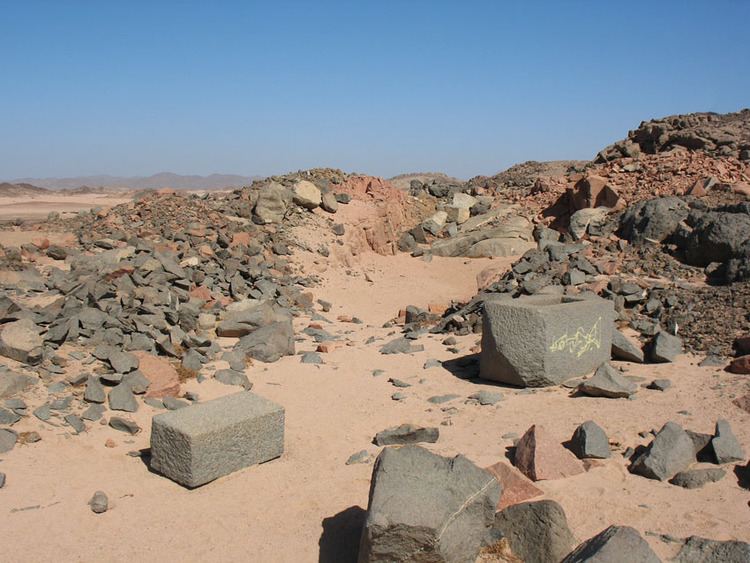
In June 2006 the Supreme Council of Antiquities (SCA) of Egypt established a new department for conservation of ancient quarries and mines in Egypt. The new department was designed to work in close cooperation with the regional SCA offices, and special training programmes for Inspectors of Antiquities will be carried out to enable the regional authorities to tackle inventory, documentation, risk assessment and management of the ancient quarries and mines.
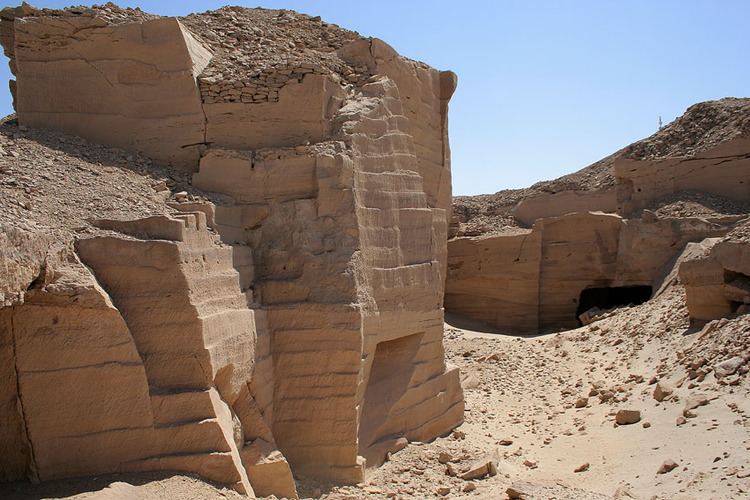
This article details some of the most important ancient quarry sites in Egypt.
The quarries of Aswan
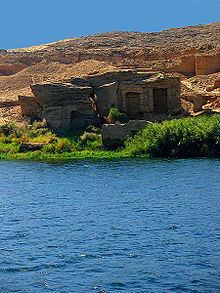
The quarries of Aswan are located along the Nile in the city of Aswan. There are a number of well-known sites: Shellal, consisting of northern and southern quarries within an area of about 20 km2 (7.7 sq mi) on the west bank, and the islands of Elephantine and Seheil. One of the known directors of the Aswan sites was Hori during the reign of Ramses III. In the present days, the quarry area is to become an open-air museum.
Typical materials known from this site are:
Some of the monuments known to come from this site are:
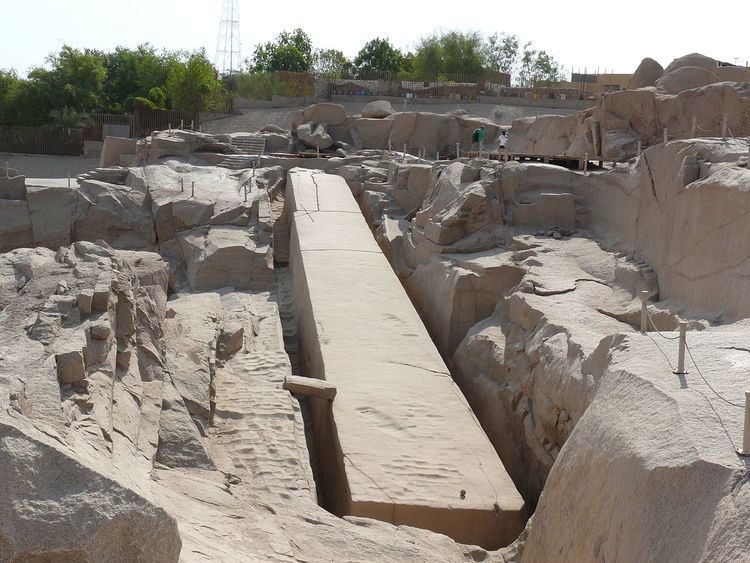
Gebel el Ahmar
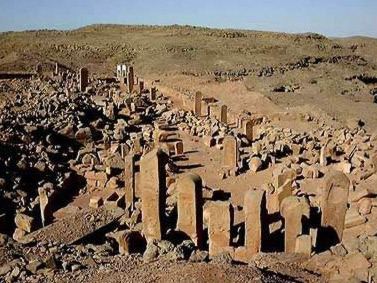
Gebel el Ahmar is located near Cairo on the east bank of the Nile, near the suburb of Heliopolis. The name means Red Mountain. The site was in full production in the times of Akhenaton, Amenhophis III, Tutankhamon, and Ramses III. The quarry was directed by Huy, known as "Chief of the King's Works", and also by Hori.
Typical materials known from this site are:
Some of the monuments known to come from this site are:
Silsileh
Gebel el-Silsila or Gebel Silsileh is 64 km (40 mi) north of Aswan along the banks of the Nile. It was a very well known quarrying area throughout all of ancient Egypt due to the quality of the building stone quarried there. The site is a rich archaeological area, with temples cut directly in the hills. Examples include the rock temple of Horemheb on the west bank. Many of the monuments here bear inscriptions of Merenptah, Ramesses II, Hatshepsut, Amenhotep II, and Ramesses III. The quarries and the stone temples here are visible from boats on the Nile.
Some of the monuments known to come from this site are:
Edfu
These quarries are located 8 km (5.0 mi) north of Edfu.
Some of the monuments known to come from this site are:
Wadi Hammamat
Wadi Hammamat is a quarrying area located in the Eastern Desert of Egypt. This site is noted because it is described in the first ancient topographic map known, the Turin papyrus map, describing a quarrying expedition prepared for Ramesses IV.
Typical materials known from this site are:
Widan el-Faras
Widan el-Faras is located on Gebel el-Qatrani, Faiyum, 60 km (37 mi) southwest of Cairo in the Western Desert. The quarry landscape of the Northern Faiyum Desert comprise both the Umm es-Sawan and Widan el-Faras basalt quarries, both exploited in the early third millennium BC.
Typical materials known from this site are:
Muqattam hills
The Muqattam hills are a site located near Memphis.
Typical materials known from this site are:
El Amarna
The El Amarna site is located a short distance from El Amarna.
Typical materials known from this site are:
Idahet
The site is located a few kilometres from Idahet, in barren desert terrain. It was abandoned during the Middle Kingdom.
Typical materials known from this site are:
Gabal Abu Dukhan
The Gabal Abu Dukhan site, near modern Hurghada, was particularly important for the Roman Empire. Pliny's Natural History affirmed that the "Imperial Porphyry" had been discovered at an isolated site in Egypt in AD 18, by a Roman legionary named Caius Cominius Leugas. The location of the site was lost for many centuries until it was rediscovered in the 19th century. It is the only source of Porphyry in the world.
Typical materials known from this site are:
Some of the monuments known to come from this site are:
Koptos
Koptos is located in Wadi Rohanu.
Typical materials known from this site are:
Qurna
Qurna is located near Thebes. It was an active site during the reign of Amenhotep III.
Typical materials known from this site are:
Other sites
Other important quarry sites include:
